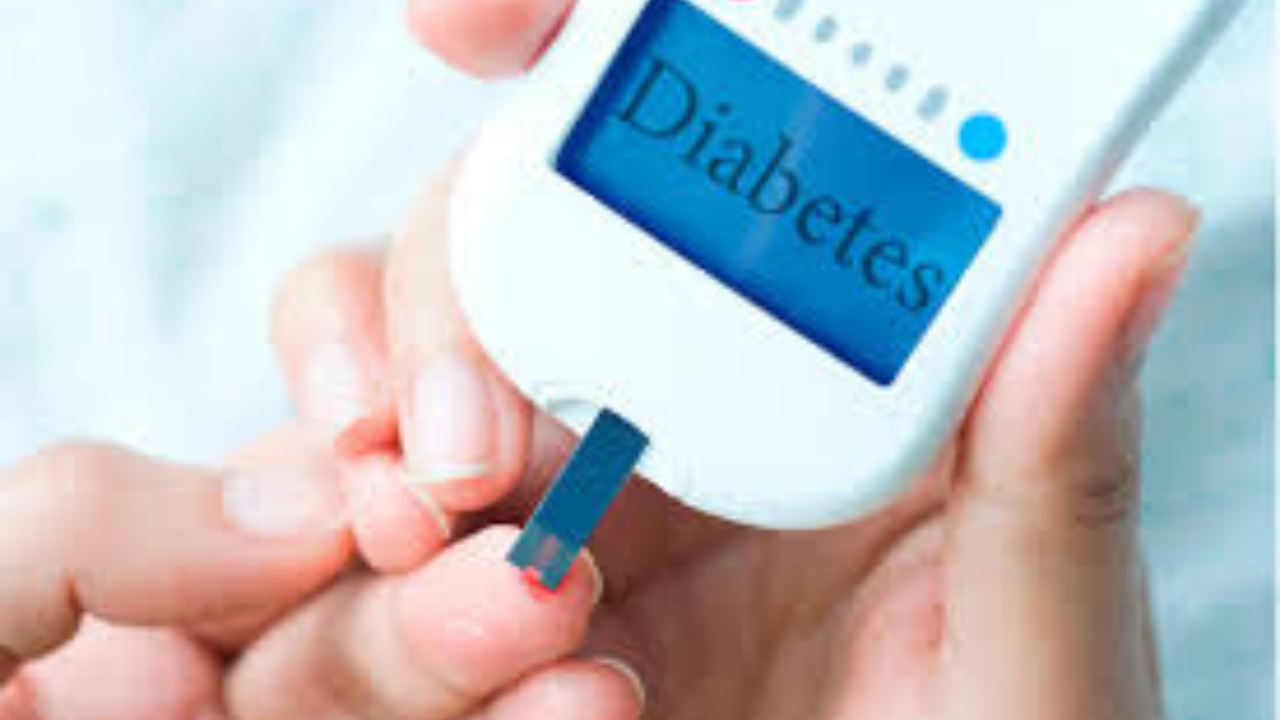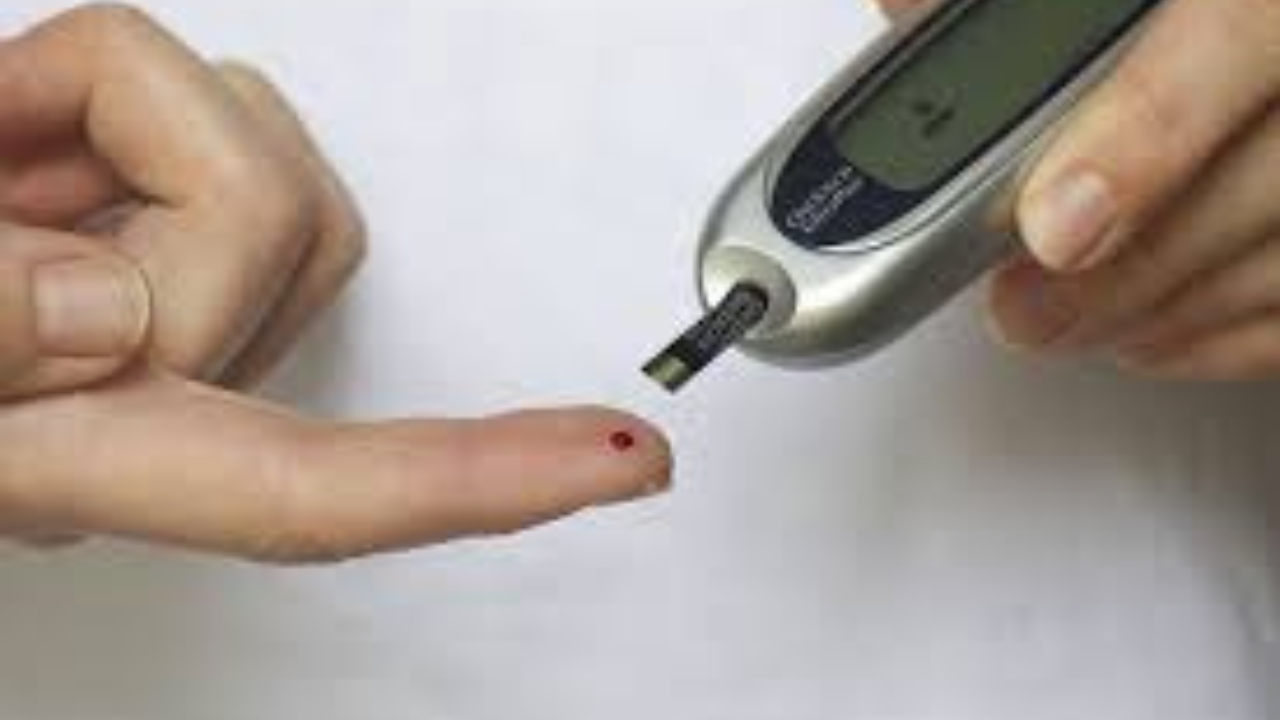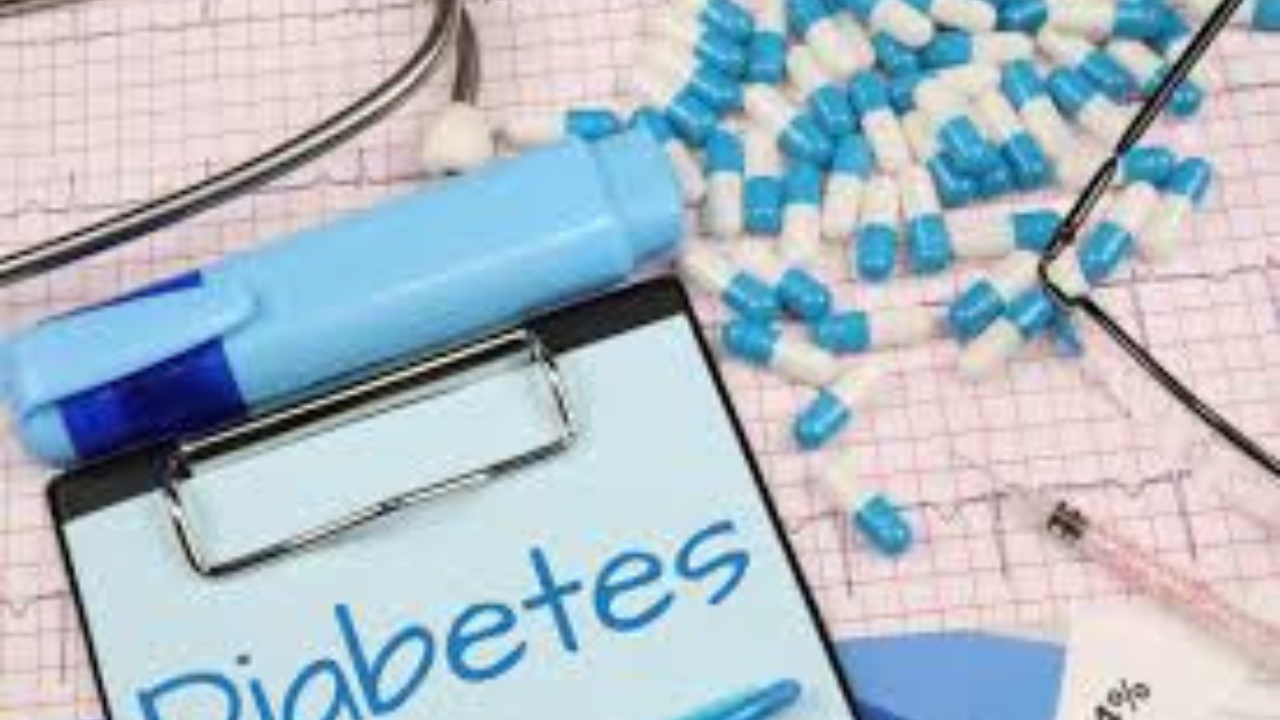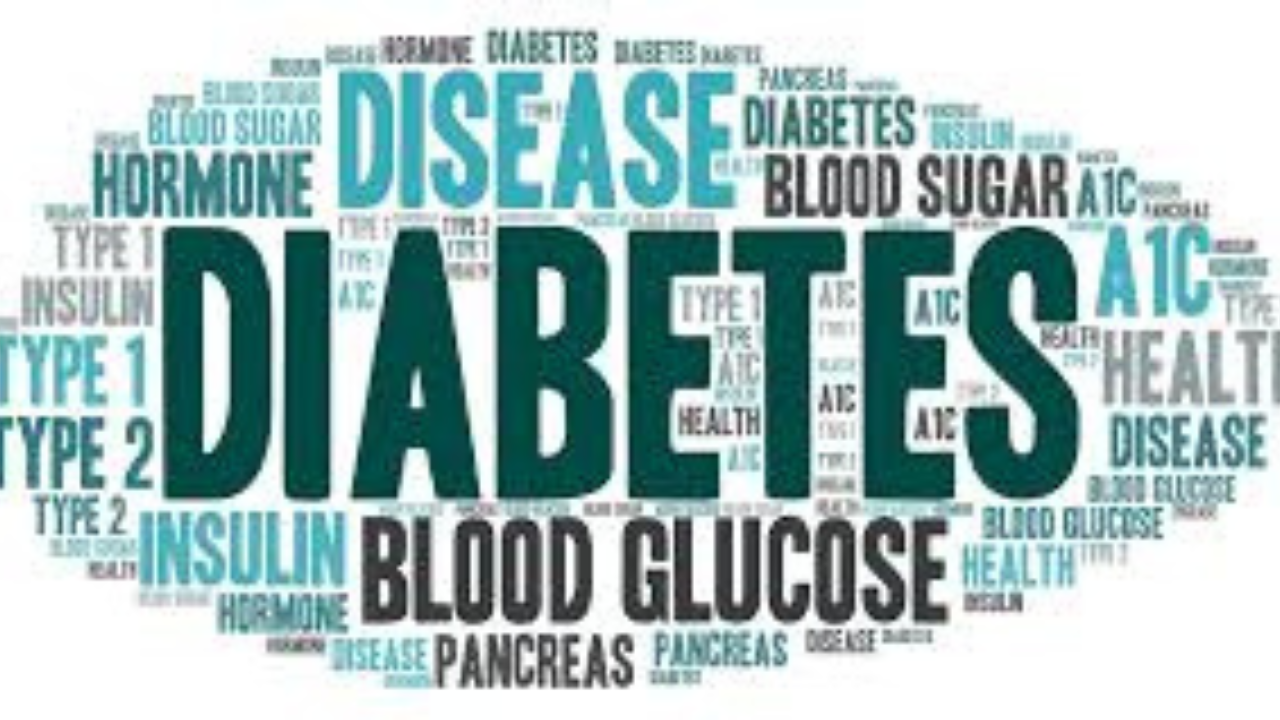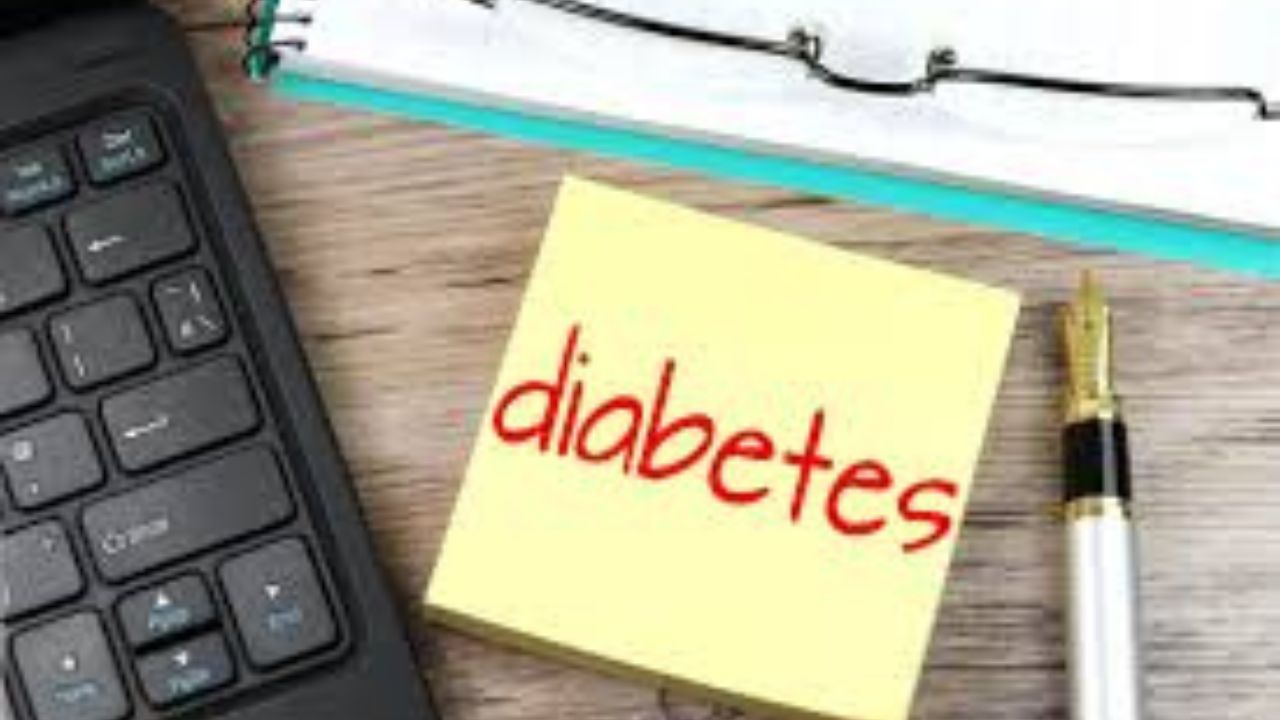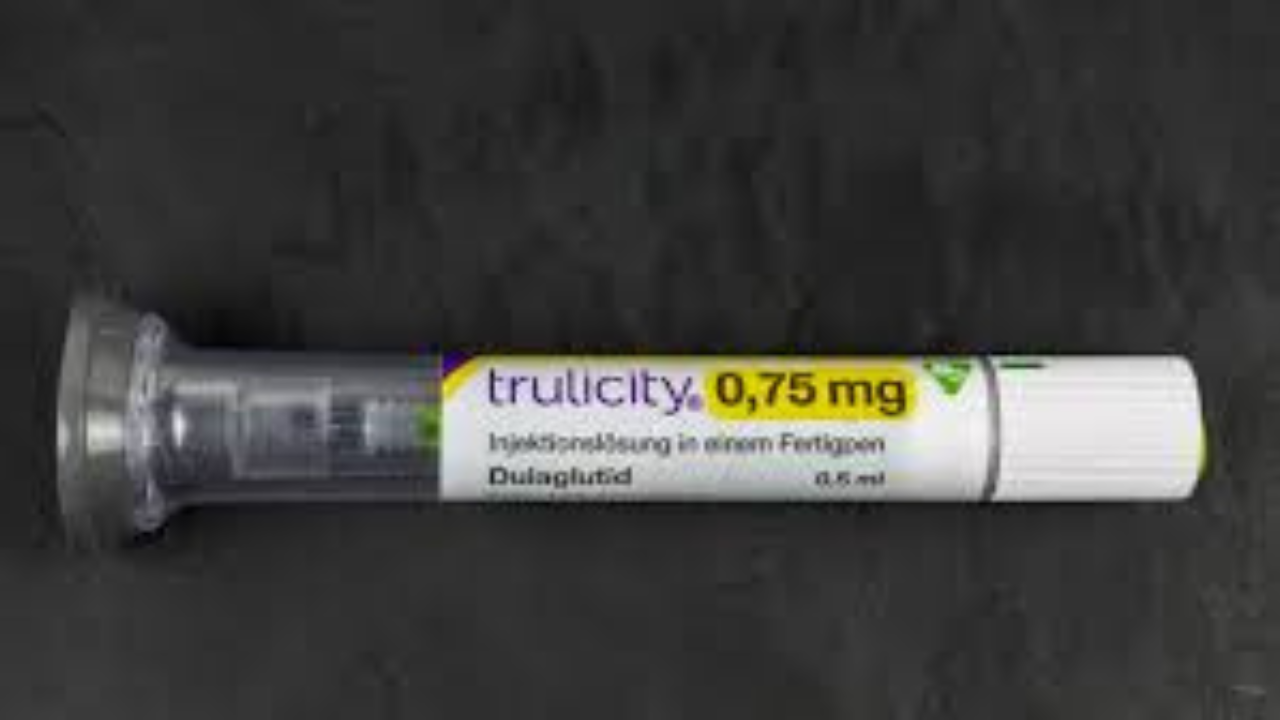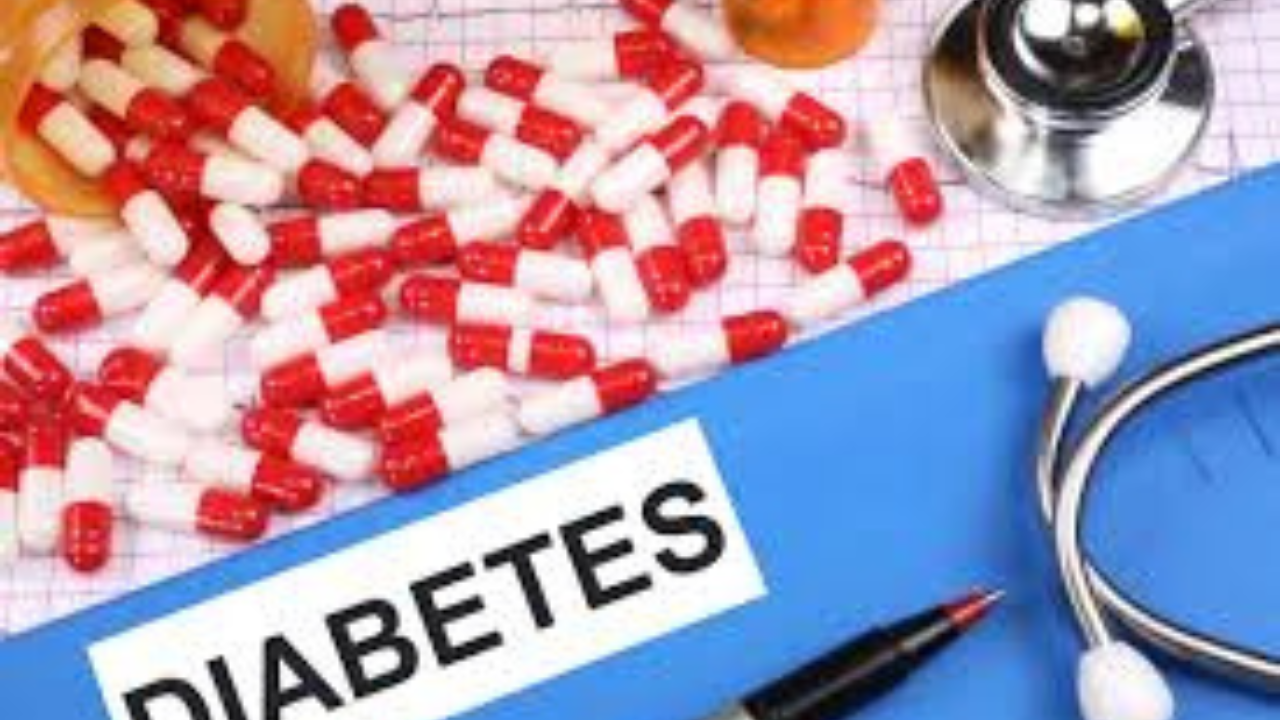The True Definition of Diabetes: What Diabetes is Most Accurately Defined As
The True Definition of Diabetes: What Diabetes is Most Accurately Defined As What is Diabetes? Diabetes is a long-term illness that impacts the body’s glucose or blood sugar utilization. Glucose is vital as it provides energy for everyday activities. When someone has diabetes, their body either does not produce enough insulin (a hormone that regulates

